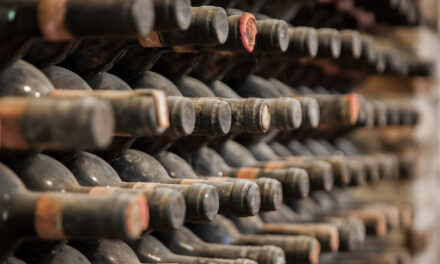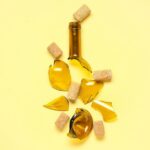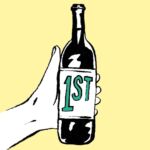Every year in Spring, this mesmerizing cover crop comes alive in wine country. You can find the spring blooms of mustard seed in many wine regions throughout the world. The yellow plant is no stranger to the Californian area, and there are some surprising benefits of mustard seed. Francisican missionaries would carry mustard seeds in brown sacks that would often have small holes in the bags. While traveling to different churches the mustard seed would then spread by falling out of these holes. When in bloom the yellow, white and green coloring adds a beautiful backdrop to the barren and woody vines. Opus One, in Napa, planted a mustard seed field that was at least five feet tall. It was a trendy photo op for all the Instagrams. It’s not just pretty, mustard seed benefits the health of the vine and vineyard. Here are some nerdy details:
- The mustard seed acts as a fumigate against the pesky nematode bug which can hurt the vineyard and the vines yields.
- Essentially the mustard seed produces a compound called glucosinolates which gives the mustard seed its pungent smell and taste to deter the nettlesome nematode.
- It protects against erosion on sloped vineyards.
- When the mustard seed is eventually turned into mulch and cut, the seed provides valuable nutrients and phosphorus to the vineyard.
- Helpful hint: Please be respectful of the vineyards and the people that live on those properties. Vineyard owners may get upset if you trespass on their property to take pictures with this beautiful backdrop and it could possibly damage the plants as well. Most of the mustard seed plants are on private property. Also, please don’t step or trample through the rows – the mustard seed is at work.















